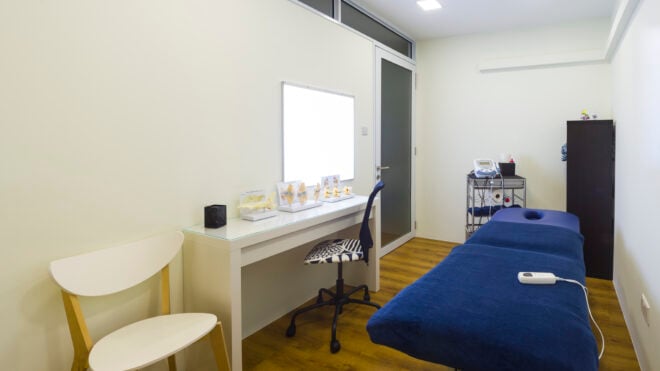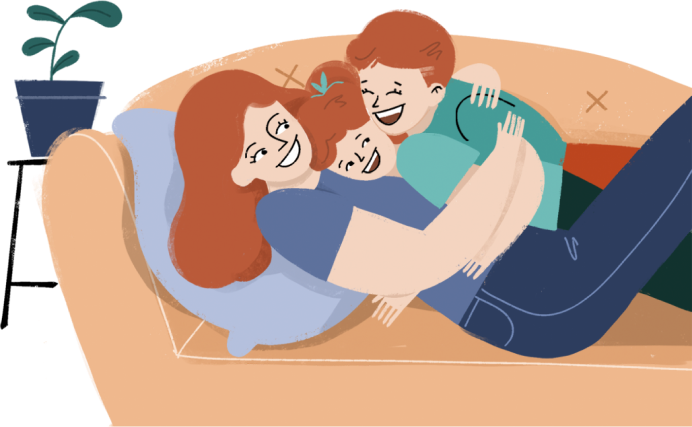We all experience aches and pains. Maybe you've been pushing yourself too hard and your muscles feel like achy sandbags. Maybe you've banged a knee or an elbow into something and are still feeling it smart. Or maybe you made one wrong move and twisted something, so that putting pressure on it is just the worst.
You have several options to tackle these pains. Elevation and aspirin are great, but you can also calm swelling by changing up the temperature.
The question is, do you go hot or cold?
Both have their benefits, but it's important to know when to use which option, because heat and cold have different effects on your body. Using them at the right times can make all the difference when recovering.
Heat is great for increasing circulation and relaxing muscle tissue (whether it's on the outside or the inside), but cold is great for stopping swelling and reducing pain. So, how do you know when to use which one?
Luckily for you, we're here to tell you!
This handy guide will let you know when to break out the ice pack and when to use the heating pad. It'll also show you when it's a good idea to combine both for all your bumps, bruises, twists, and sprains to help you feel better and get back on your feet in no time.
Thumbnail Photos: Flickr, 2, 3
What Does A Temperature Change Do For Your Body?
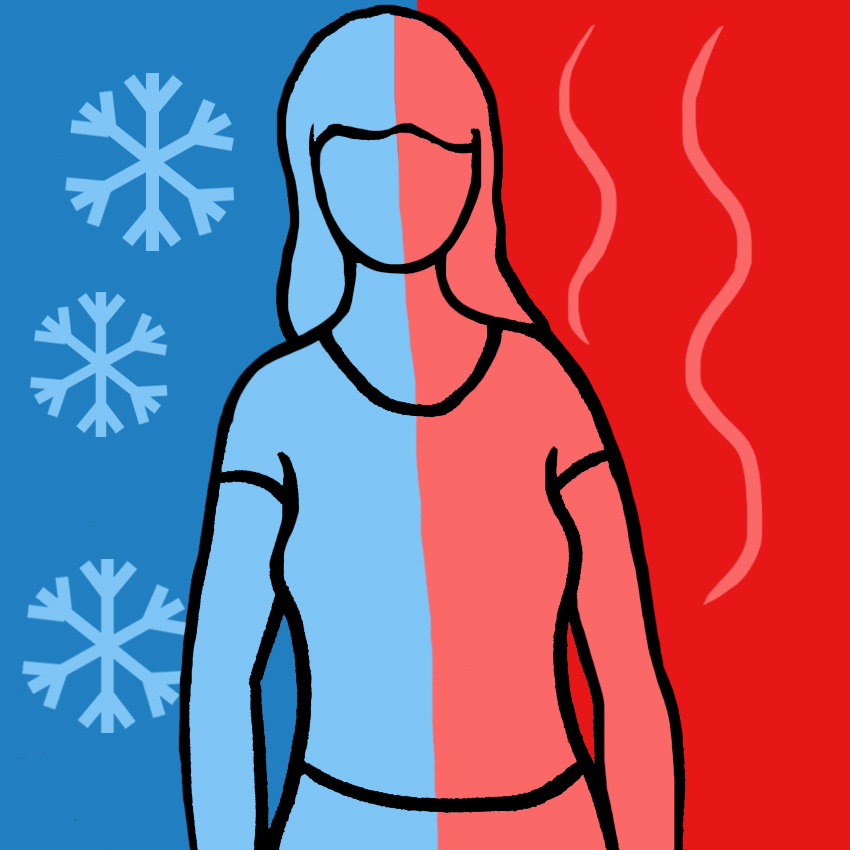
Your body reacts differently under different temperatures.
Generally speaking, ice and cold temperatures should be used on injuries less than six weeks old, because coldness constricts blood vessels ad reduces pain. It also reduces swelling and inflammation and stops the spread of bruising.
Conversely, heat increases blood flow, which helps tight, tense muscles relax, and it soothes aches from joints. Heat should be used on injuries that are more than six weeks old.
When Should I Use Cold? Cold Use #1: Gout Flare-Ups
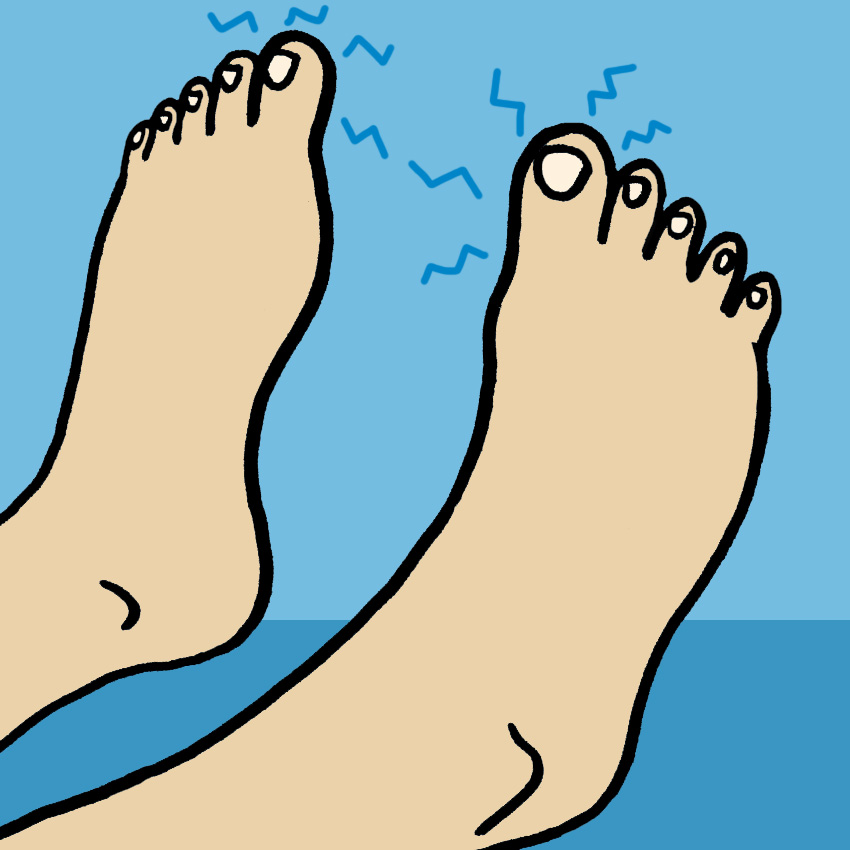
Gout is an inflammation of the joints due to uric acid buildup, and it can flare up in painful attacks.
Ice is your best bet to soothe a gout flare-up because it reduces inflammation and swelling, and it also helps cut down on the pain.
Cold Use #2: Tendinitis
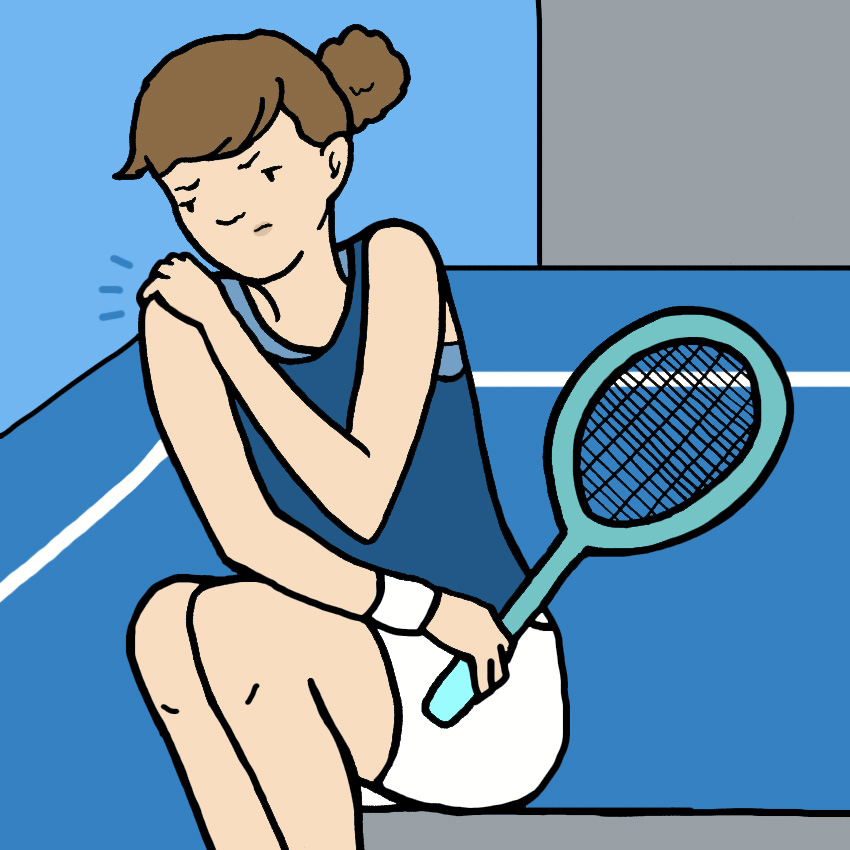
Tendinitis is irritation of the tendons felt after activity, most commonly felt in the shoulder, elbow, knee, wrist, and heel.
Like gout, this pain is all based on inflammation, so again, ice is your friend here to bring it down and keep the swelling from getting too bad. It'll also take the edge off the pain.
Cold Use #3: Sprains, Before Swelling Occurs
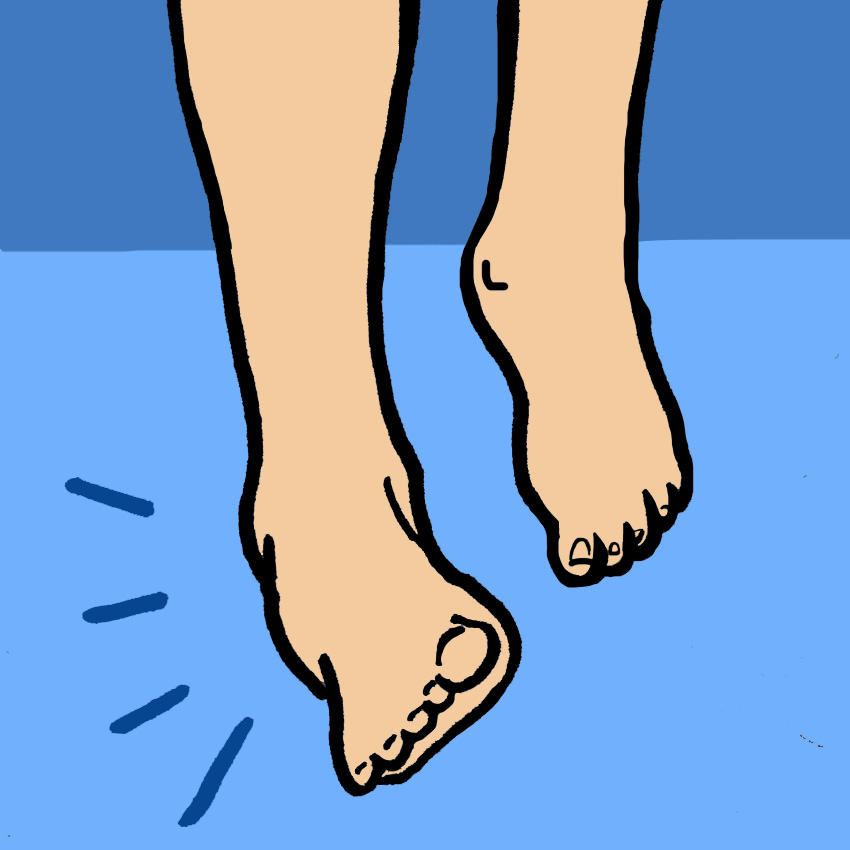
Ice is best for new injuries, so if you roll your ankle or wrench or twist another joint, put ice on it as soon as possible, and keep the limb elevated.
This will reduce the inflammation and keep the body part from getting too swollen and ugly. It'll also dull the pain.
Cold Use #4: Strains, Before Swelling Occurs
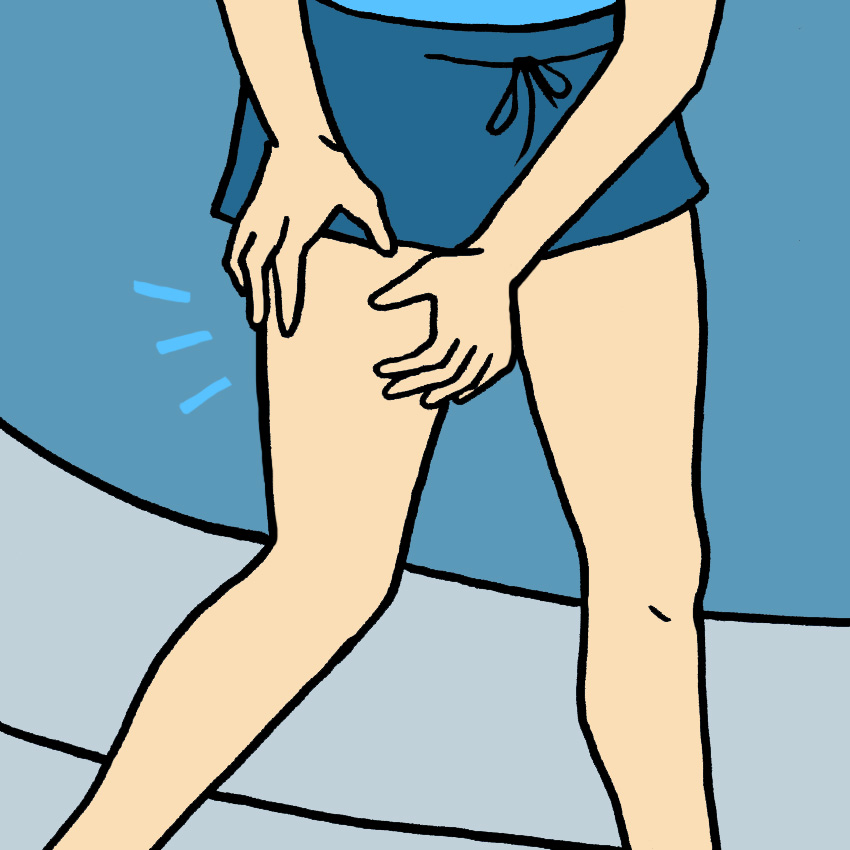
As with sprains, a strained or pulled muscle benefits from ice immediately. Keep icing injuries like this until the swelling goes down.
A good rule is to keep the ice on for about 10 minutes, and to let the injury rest for another 10, doing this off and on for a while.
Always keep a protective layer between the ice or cold pack and your skin to prevent damage and discomfort.
Cold Use #5: Headaches

Ice is also great for soothing a headache that throbs behind your skull and causes a lot of dizzying pain.
Ice will numb the pain and relieve the throbbing feeling.
When Should I Use Heat? Heat Use #1: Joint Pain
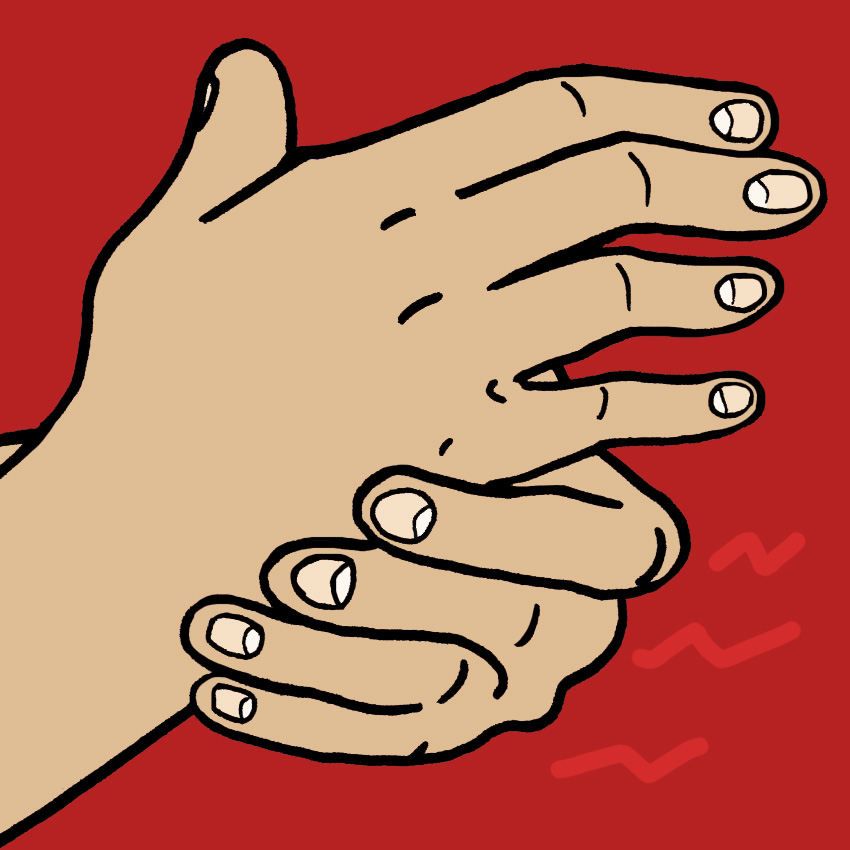
When it comes to chronic or older aches and pains, heat is the way to go. Arthritis pain, such as stiff and tender joints, is best relieved by moist heat.
Soak a washcloth in water that's as hot as you can take without hurting yourself, and hold it over the aching joint to loosen it and soothe the pain.
Heat Use #2: Sprains, After Swelling Reduces
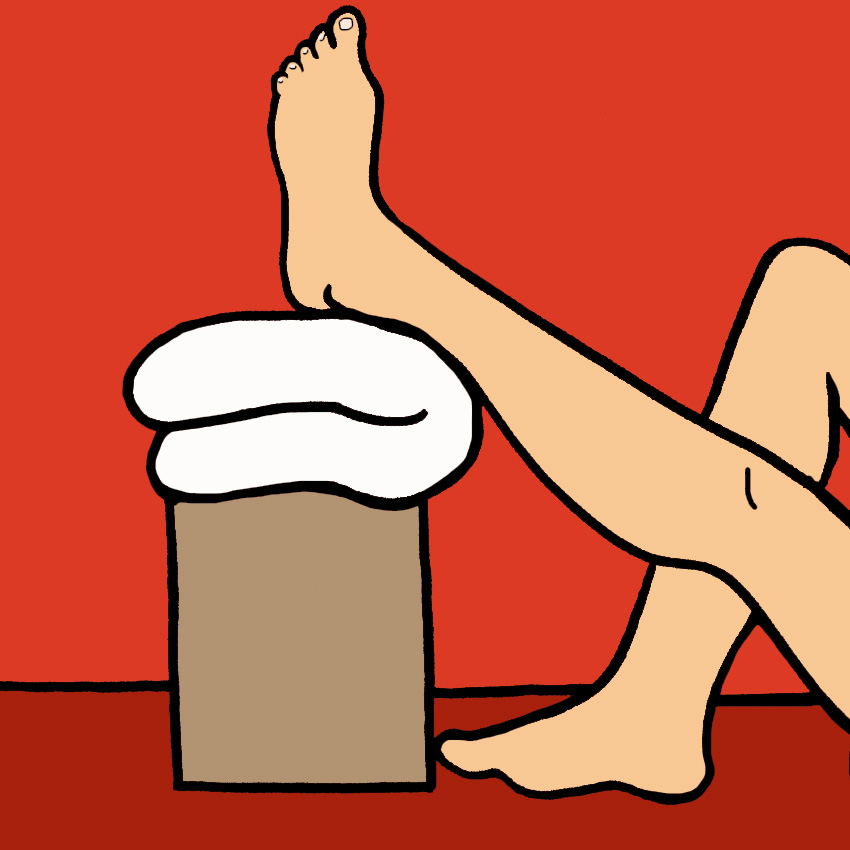
When the swelling goes down on a sprain, it's time for heat. The heat will loosen muscles and tendons that might have tightened during the injury.
Loosening the muscles will aid with healing, and will prevent stiffness later during recovery.
Heat Use #2: Strains, After Swelling Reduces
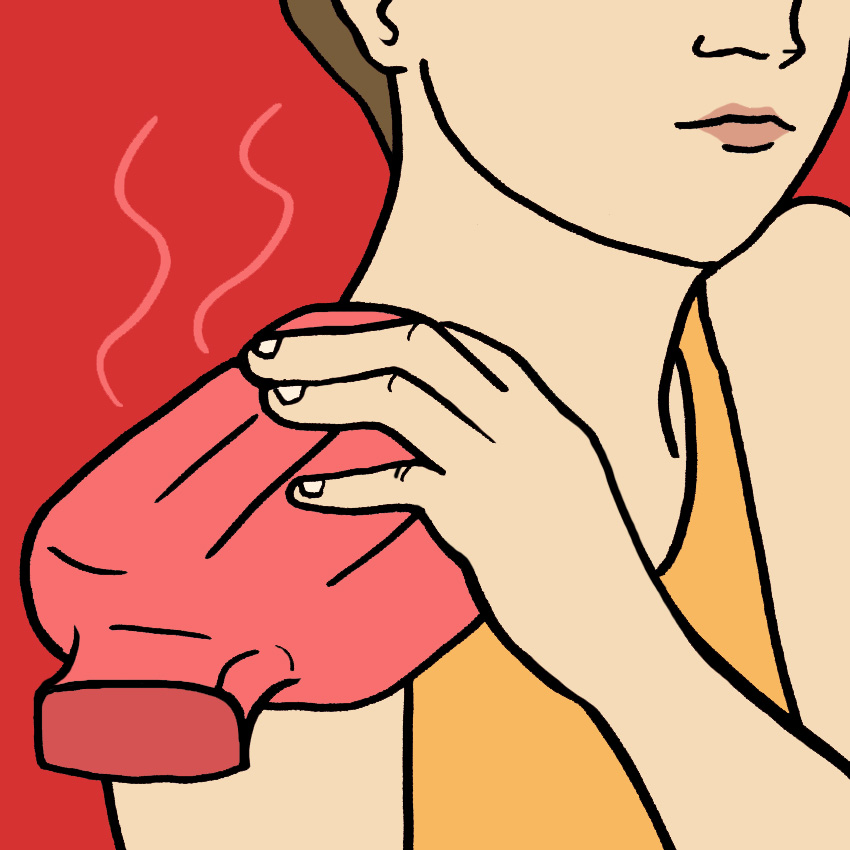
Heat should be applied to ease and relax the muscle. This will prevent stiffness and aid in mobility as the strain heals.
Heat Use #3: Tendinosis
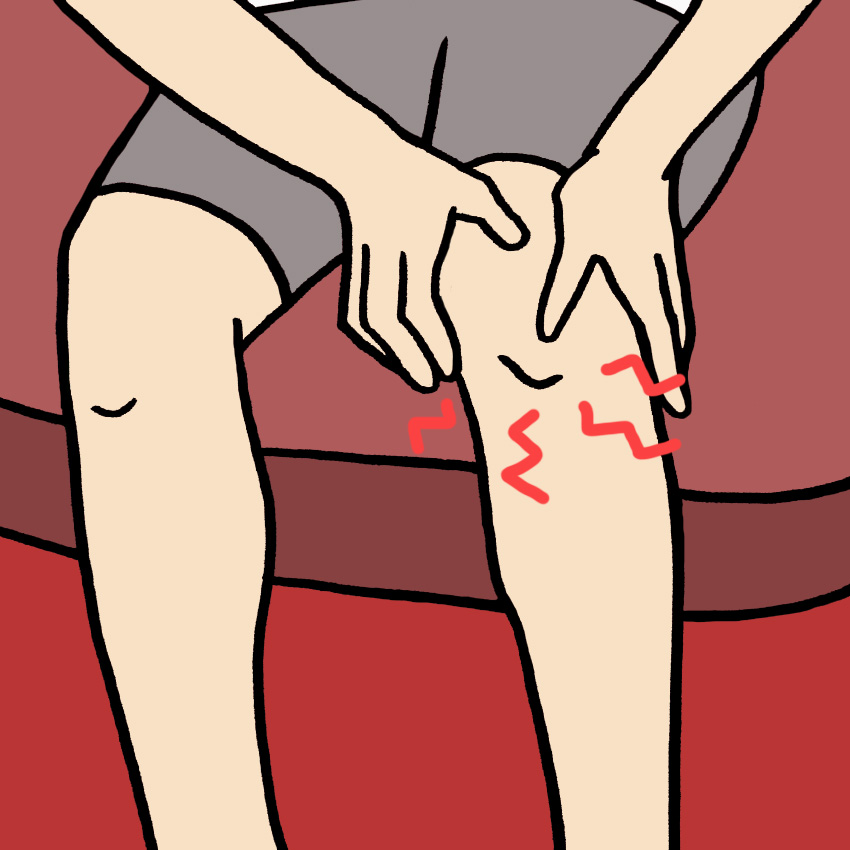
Tendinosis is a chronic irritation of the tendons in joints. Because it's not an injury per se, heat is best used to relax and relieve the pain.
However, if there's any swelling or redness, apply ice first and then heat when the swelling is reduced.
Heat Use #4: Muscle Spasms
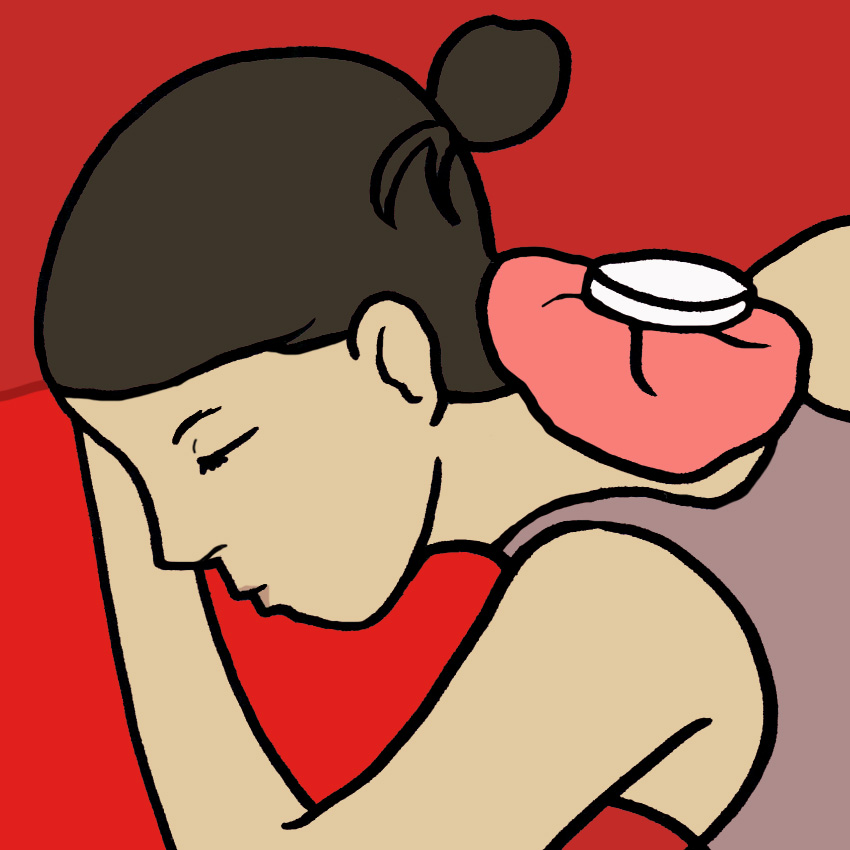
Muscle spasms are relieved with heat, being that the warmth relaxes the muscles and stop them from tightening. It'll also feel soothing and calming.
When you get an ache or a pain, do you usually go for the ice or the heat? Or do you have another secret remedy?
Let us know, and SHARE to keep everyone you know ache and pain free!


